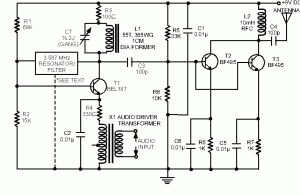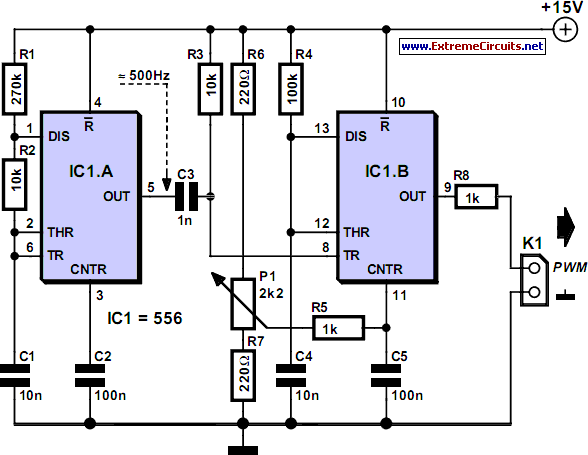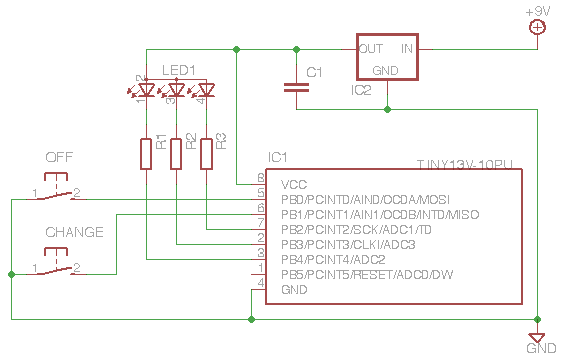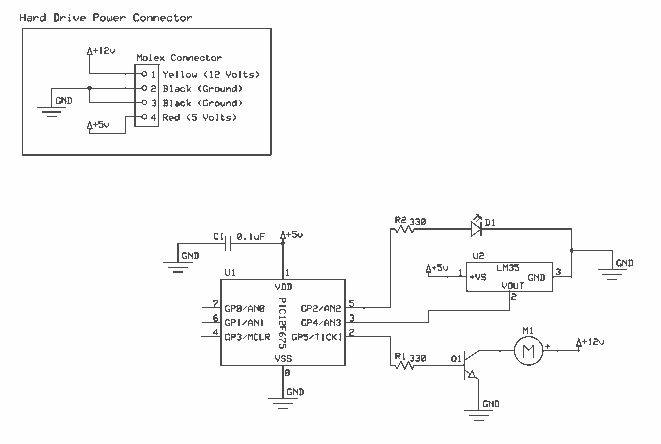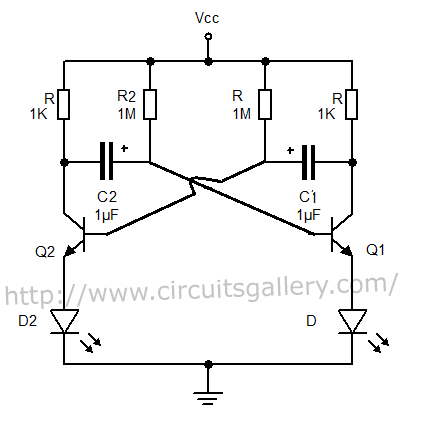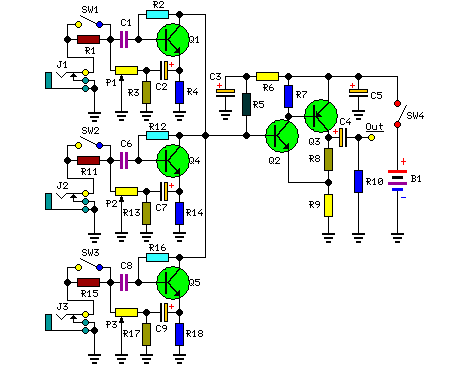
What kind of transistor do I need to amplify an Arduinos PWM outputs
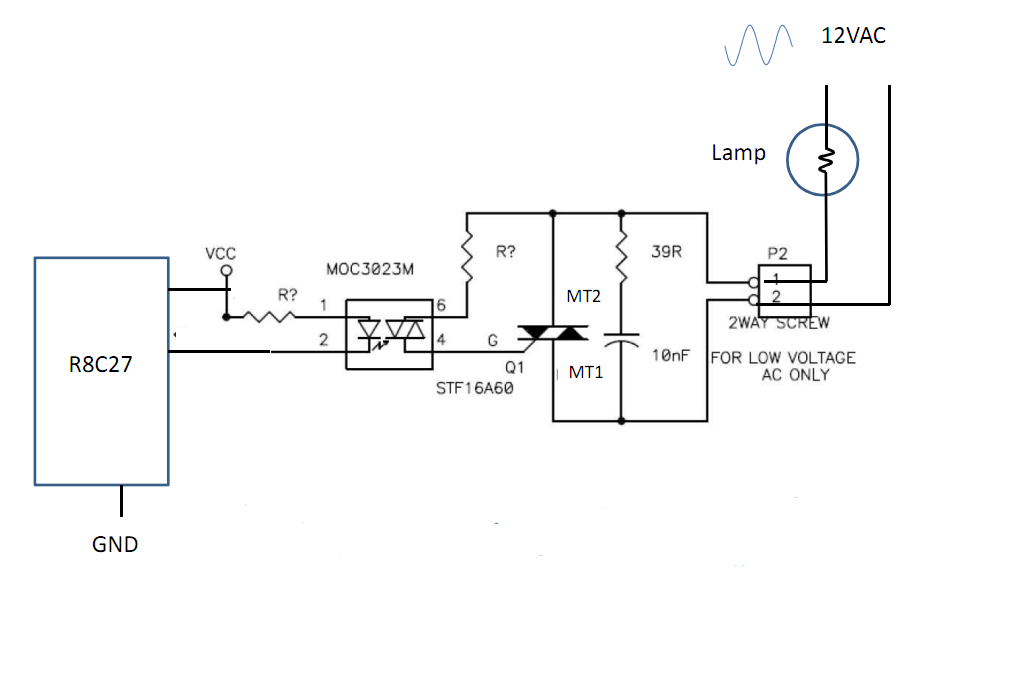
Control 30 incandescent light bulbs with an Arduino Uno on three channels (10 bulbs per channel in parallel). Previous experience involved using an Arduino to control red, green, and blue LEDs with a simple schematic that included three transistors. However, uncertainty exists regarding the appropriate transistors for controlling bulbs powered by 120V AC, as opposed to a smaller DC power supply. An attempt was made to control a single incandescent bulb with an MJE3055T transistor, resulting in only slight dimming rather than complete shutdown. A Darlington configuration of two transistors was also tried, but it yielded no results. The use of a simple transistor switch for AC-powered lamps may not be the best approach. Additional inquiries were made regarding the intended application of the lights, which are to be used in conjunction with an LED array for a live musical performance. Caution was advised regarding the dangers of working with 120V AC and the need for proper understanding and safety measures. Zero crossing drivers and TRIACs were suggested as alternatives, with warnings about the risks associated with mains voltage and the importance of compliance with regulatory standards.
To implement a control system for 30 incandescent light bulbs using an Arduino Uno, a robust design is essential due to the high voltage (120V AC) involved. The circuit will utilize three channels, each controlling 10 bulbs in parallel. Given that incandescent bulbs are resistive loads, a direct control strategy using standard transistors is not advisable due to their inability to handle high AC voltages effectively.
Instead, the use of TRIACs is recommended for this application. TRIACs can handle the alternating current and are suitable for switching applications in AC circuits. A zero-crossing TRIAC driver can be employed to minimize electromagnetic interference and enhance the reliability of switching. This driver can turn on the load at the zero voltage crossing point of the AC waveform, allowing for smoother operation and reducing the risk of voltage spikes.
The Arduino can control the TRIACs using a combination of optoisolators and zero-crossing detection circuits. Each channel can be controlled by a separate optoisolator, which provides electrical isolation between the high voltage circuit and the low voltage Arduino. The optoisolators can be triggered by the Arduino's digital pins, allowing for precise control over the timing of each bulb's activation.
In terms of circuit design, the following components are necessary:
1. **TRIACs**: Select TRIACs rated for at least 600V and with a current rating that exceeds the total load of the bulbs on each channel.
2. **Optoisolators**: Use optoisolators that are compatible with the TRIACs and can handle the required switching speeds.
3. **Zero-Crossing Detection Circuit**: This can be implemented using a simple comparator circuit or a dedicated zero-crossing detector IC.
4. **Resistors and Capacitors**: Appropriate resistors for current limiting and capacitors for snubber circuits to protect the TRIACs from voltage spikes.
Safety precautions must be taken when working with AC mains voltage. Proper insulation, fusing, and adherence to local electrical codes are critical to ensure safe operation. Additionally, ensure that all components are rated for the voltages and currents they will encounter in the circuit.
In summary, the design involves using TRIACs controlled by optoisolators activated by the Arduino, with additional circuitry for zero-crossing detection to ensure safe and effective control of the incandescent light bulbs in a live performance setting.30 incandescent lightbulbs be controlled by my arduino uno on 3 channels (10 bulbs to a channel in parallel). I`ve used the arduino before to control a number of red, green and blue LEDs - I used a simple schematic using three transistors.
I`m just not sure which transistors to get this time considering I`m running the bulbs from 120vAC and not a smaller DC power supply. I`ve tried controlling just one incandescent bulb with an MJE3055T transistor but all I was able to do was slightly dim the bulb, not turn it off completely. I doubt the power rating was enough, so I tried wiring two transistors together in a Darlington configuration without any luck, nothing happened at all.
Neither link works for me. Also, if you are using AC to power the lamps, a simple transistor switch may not yield the best solution. B Pete Nov 4 `11 at 1:34 Can you provide an update on what you have learned so far so we can help you to achieve what you want to.
There are good answers (apart from "Use LEDS" etc). We can help. we need to know which way you are going so far. Just pouring information into the void is not very productive. eg it IS possible to switch the lamp load that you specify using an Arduino and to do it safely and moderately cheaply. What are the lights going to be used to do Russell McMahon Nov 6 `11 at 19:02 What is the maximum rate that you wish to turn things on & off at eg is this to follow the beat of music or Disco or will no more than mains cycle time switching be OK This answer makes a major difference to which solutions are potentially suitable.
Russell McMahon Nov 7 `11 at 16:24 The lights are going to be used in conjunction with an LED array I`m building in a live musical performance next spring. whataniceguitar Nov 7 `11 at 16:35 Your enthusiasm is commendable but you are trying to do something that is potentially lethal.
Before you use 120 (or) 110 VAC you need to understand what you are doing. If you are using 120 VAC with a 2N3055 as you now state, and no rectification (which you may be doing but have not mentioned) then your promises are worse than useless. 120 VAC ~= 160 V peak is far above a 2N3055`s rated voltage. You can also get "zero crossing" drivers which turn on the load when the mains voltage is at the zero voltage point.
This decreases electrical interfenece from switching the load BUT means you can only get integral mutiples of a half wavelength turn on period. There are less well rated TRIACS at a somewhat lower price that would `do he job, ` but this one appears to be more robust and capable than many at an OK price.
Playing around with the mains is a good way to get killed. That`s why there are numerous regulatory agencies that dictate what one can and cannot do with mains voltages. Wiring directly to low-voltage controllers using underrated transistors would not be kindly looked upon by UL (or any other regulatory body) for that matter.
PWM-ing regular light bulbs isn`t going to give you much effect. There`s quite a bit of latency in the tungsten filament, so the bulbs will always fade in and out slowly (compared with LEDs). 🔗 External reference
To implement a control system for 30 incandescent light bulbs using an Arduino Uno, a robust design is essential due to the high voltage (120V AC) involved. The circuit will utilize three channels, each controlling 10 bulbs in parallel. Given that incandescent bulbs are resistive loads, a direct control strategy using standard transistors is not advisable due to their inability to handle high AC voltages effectively.
Instead, the use of TRIACs is recommended for this application. TRIACs can handle the alternating current and are suitable for switching applications in AC circuits. A zero-crossing TRIAC driver can be employed to minimize electromagnetic interference and enhance the reliability of switching. This driver can turn on the load at the zero voltage crossing point of the AC waveform, allowing for smoother operation and reducing the risk of voltage spikes.
The Arduino can control the TRIACs using a combination of optoisolators and zero-crossing detection circuits. Each channel can be controlled by a separate optoisolator, which provides electrical isolation between the high voltage circuit and the low voltage Arduino. The optoisolators can be triggered by the Arduino's digital pins, allowing for precise control over the timing of each bulb's activation.
In terms of circuit design, the following components are necessary:
1. **TRIACs**: Select TRIACs rated for at least 600V and with a current rating that exceeds the total load of the bulbs on each channel.
2. **Optoisolators**: Use optoisolators that are compatible with the TRIACs and can handle the required switching speeds.
3. **Zero-Crossing Detection Circuit**: This can be implemented using a simple comparator circuit or a dedicated zero-crossing detector IC.
4. **Resistors and Capacitors**: Appropriate resistors for current limiting and capacitors for snubber circuits to protect the TRIACs from voltage spikes.
Safety precautions must be taken when working with AC mains voltage. Proper insulation, fusing, and adherence to local electrical codes are critical to ensure safe operation. Additionally, ensure that all components are rated for the voltages and currents they will encounter in the circuit.
In summary, the design involves using TRIACs controlled by optoisolators activated by the Arduino, with additional circuitry for zero-crossing detection to ensure safe and effective control of the incandescent light bulbs in a live performance setting.30 incandescent lightbulbs be controlled by my arduino uno on 3 channels (10 bulbs to a channel in parallel). I`ve used the arduino before to control a number of red, green and blue LEDs - I used a simple schematic using three transistors.
I`m just not sure which transistors to get this time considering I`m running the bulbs from 120vAC and not a smaller DC power supply. I`ve tried controlling just one incandescent bulb with an MJE3055T transistor but all I was able to do was slightly dim the bulb, not turn it off completely. I doubt the power rating was enough, so I tried wiring two transistors together in a Darlington configuration without any luck, nothing happened at all.
Neither link works for me. Also, if you are using AC to power the lamps, a simple transistor switch may not yield the best solution. B Pete Nov 4 `11 at 1:34 Can you provide an update on what you have learned so far so we can help you to achieve what you want to.
There are good answers (apart from "Use LEDS" etc). We can help. we need to know which way you are going so far. Just pouring information into the void is not very productive. eg it IS possible to switch the lamp load that you specify using an Arduino and to do it safely and moderately cheaply. What are the lights going to be used to do Russell McMahon Nov 6 `11 at 19:02 What is the maximum rate that you wish to turn things on & off at eg is this to follow the beat of music or Disco or will no more than mains cycle time switching be OK This answer makes a major difference to which solutions are potentially suitable.
Russell McMahon Nov 7 `11 at 16:24 The lights are going to be used in conjunction with an LED array I`m building in a live musical performance next spring. whataniceguitar Nov 7 `11 at 16:35 Your enthusiasm is commendable but you are trying to do something that is potentially lethal.
Before you use 120 (or) 110 VAC you need to understand what you are doing. If you are using 120 VAC with a 2N3055 as you now state, and no rectification (which you may be doing but have not mentioned) then your promises are worse than useless. 120 VAC ~= 160 V peak is far above a 2N3055`s rated voltage. You can also get "zero crossing" drivers which turn on the load when the mains voltage is at the zero voltage point.
This decreases electrical interfenece from switching the load BUT means you can only get integral mutiples of a half wavelength turn on period. There are less well rated TRIACS at a somewhat lower price that would `do he job, ` but this one appears to be more robust and capable than many at an OK price.
Playing around with the mains is a good way to get killed. That`s why there are numerous regulatory agencies that dictate what one can and cannot do with mains voltages. Wiring directly to low-voltage controllers using underrated transistors would not be kindly looked upon by UL (or any other regulatory body) for that matter.
PWM-ing regular light bulbs isn`t going to give you much effect. There`s quite a bit of latency in the tungsten filament, so the bulbs will always fade in and out slowly (compared with LEDs). 🔗 External reference
